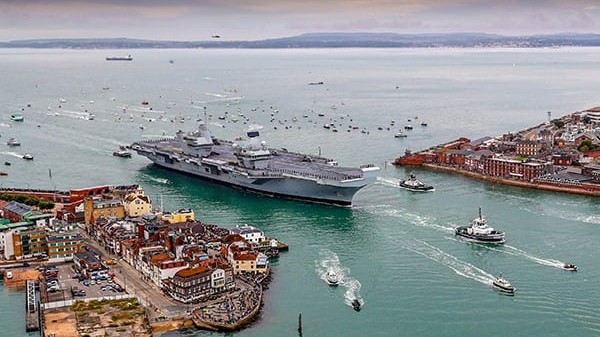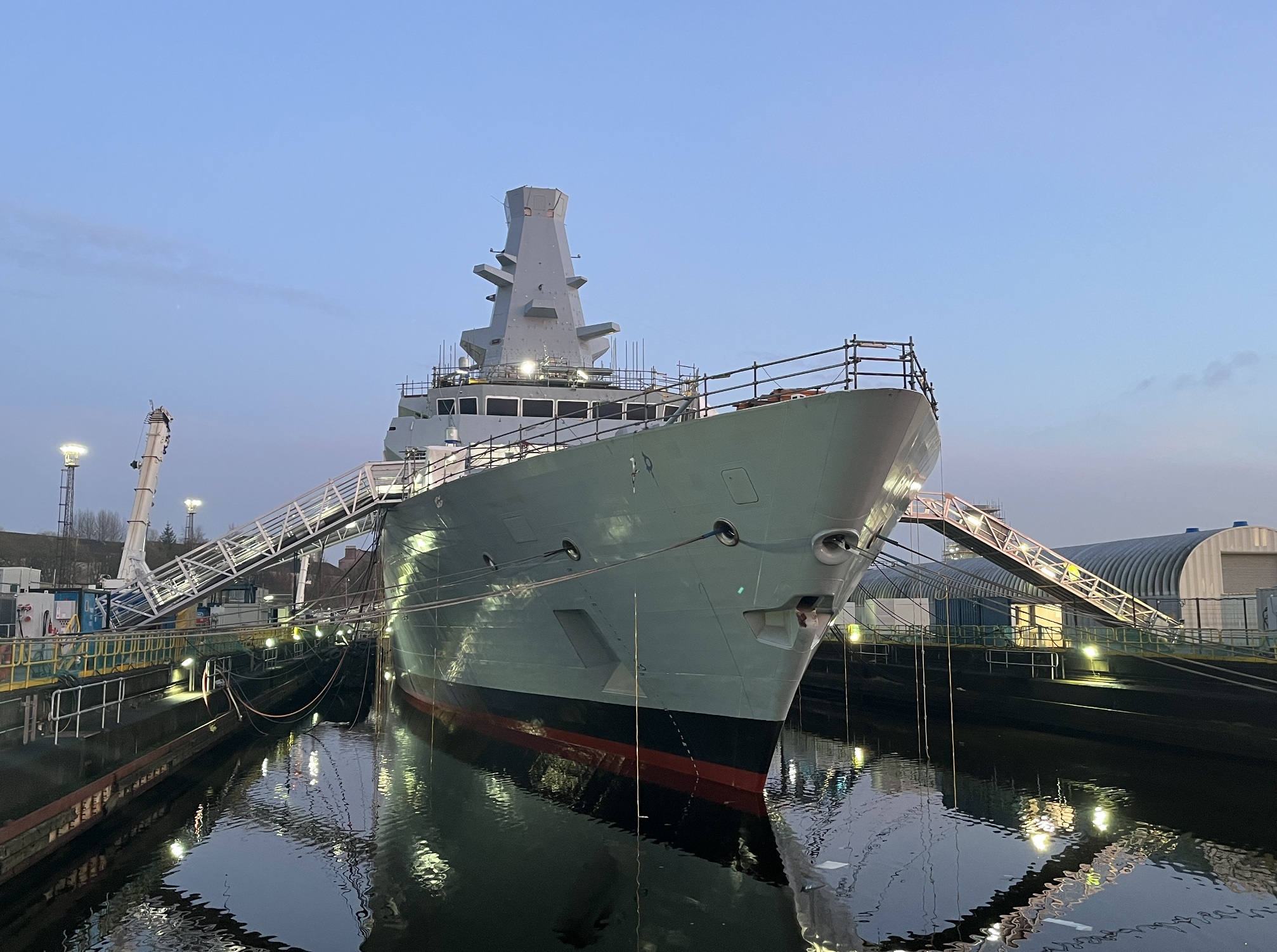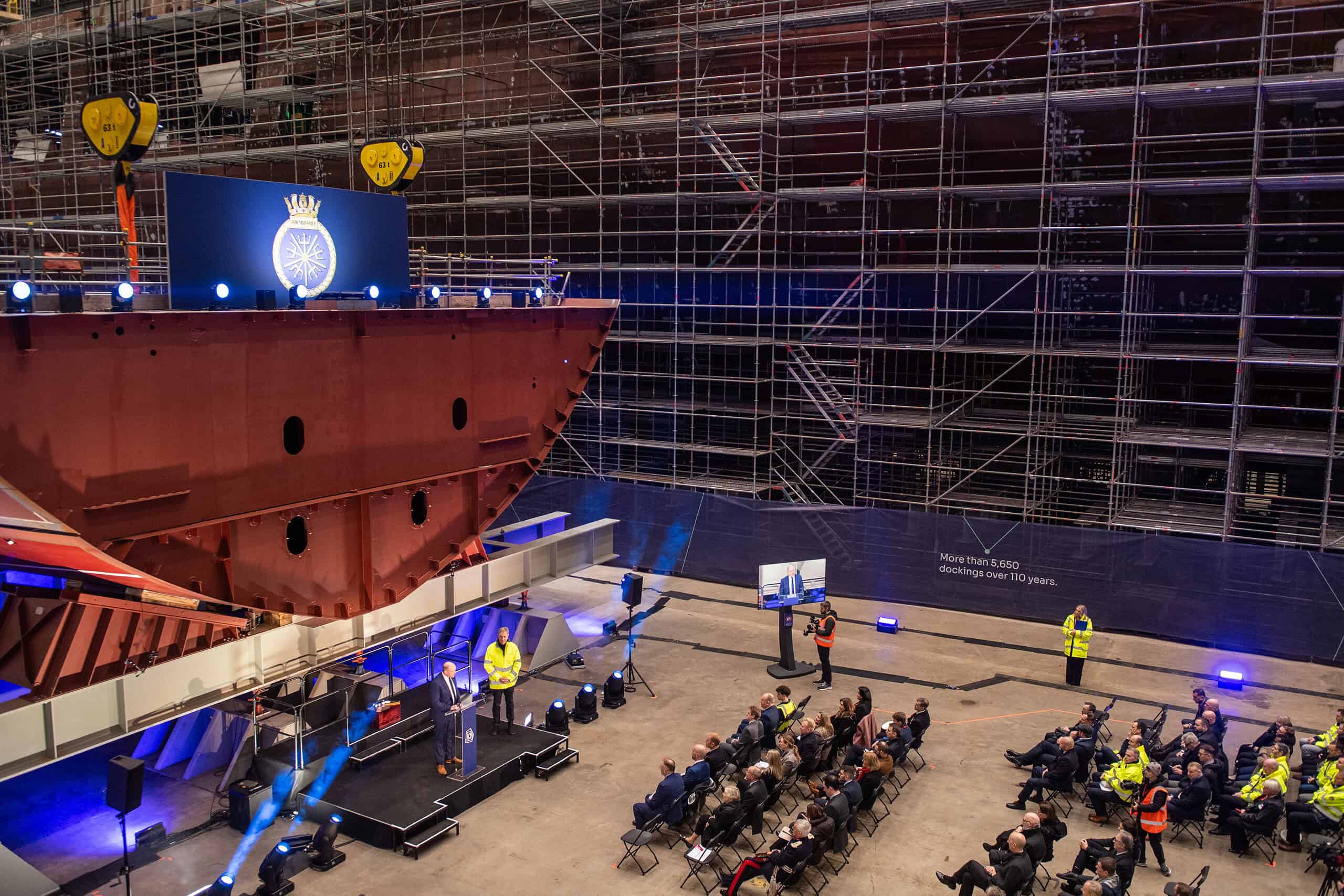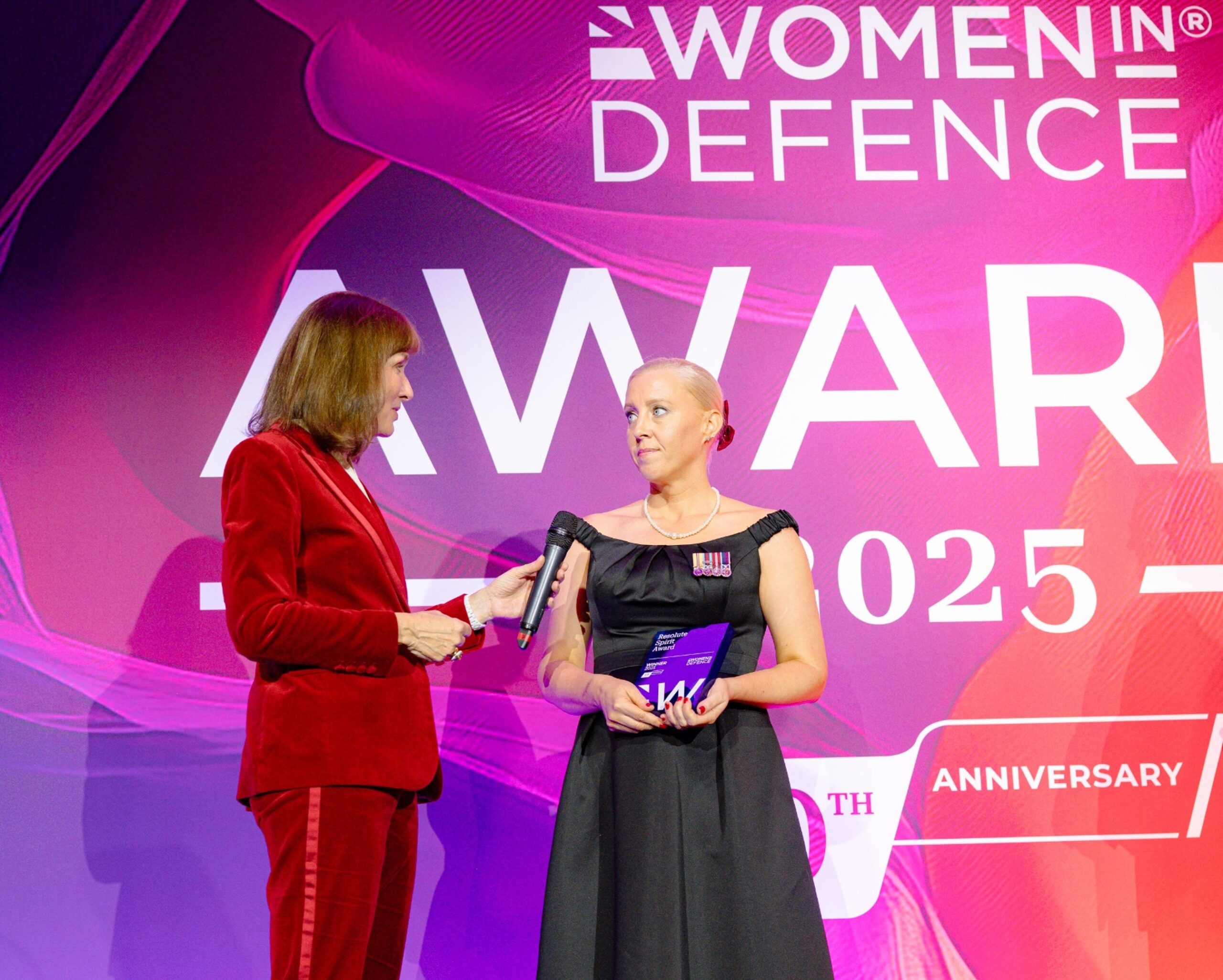Published 9 October 2024
Share this story
The Sea Venom anti-surface missile has successfully completed its first guided live firing from a Royal Navy Wildcat helicopter at the MOD Aberporth range in Wales.
This marks a significant milestone in the integration of Sea Venom onto Wildcat to provide the helicopter with an offensive capability against targets up to corvette size, supporting the Royal Navy’s Carrier Strike Group deployment in 2025 and beyond.
Sea Venom is a major technological advance, providing precise effects against a wide range of threats, even in complex environments. A high speed, two-way data-link communicates the images ‘seen’ by the missile’s infrared seeker to the operator who, in addition to initiating an autonomous engagement, can also remain in control of the missile throughout the full duration of its flight.
This optional, operator-in-the-loop, monitor-and-control facility, enables new capabilities such as inflight re-targeting, final aim point correction and refinement or safe abort.
The live fire trial has been a collaborative effort by MOD and Industry teams around the UK and consisted of a single firing against a single target.
Pete Fawcett the Senior Responsible Owner commented:
“This first guided firing is a significant step forward for the integration of Sea Venom onto the Royal Navy’s Wildcat helicopters. The success of the trial was the result of an outstanding team effort across Leonardo Helicopters, MBDA, QinetiQ and the Ministry of Defence.”
Commodore Nick Sargent, DE&S’ Head of Helicopters, said:
“This firing marks a vital step forward in the integration of the Sea Venom missile into what is already an outstanding helicopter to provide the Royal Navy with a world-class capability. I am grateful to all those across industry and the Ministry of Defence who have worked so hard to achieve this milestone.”
The Royal Navy introduced Wildcat helicopters into service in 2015. Along with Martlet, Sea Venom ensures the Wildcat helicopter can provide a formidable capability against a range of targets at sea and in the littoral environment.
Wildcat Maritime Force Commander Ali Lang said:
“The successful test firing demonstrates a significant increase in capability and lethality as the Wildcat helicopter remains ready to help defend our Queen Elizabeth-class aircraft carriers and their strike groups now and for years to come.”
Commodore Naval Aviation, the head of the Fleet Air Arm, Cdre Stuart Finn said:
“This successful firing demonstrates the continued development of the Fleet Air Arm’s and Royal Navy’s world class war fighting capabilities and asserts the Wildcat as the world’s leading Maritime Strike helicopter, capable of intercepting enemy ships at a time and place of the UK’s choosing. This capability further increases the already potent warfighting effect delivered by the UK’s Carrier Strike Group. This is another successful collaboration between MOD and industrial partners.”
The missile also has a coastal suppression capability against land targets. Unlike legacy semi-active radar guided missiles, Sea Venom uses an imaging infrared seeker that offers ‘fire-and-forget’ capabilities in even the most complex littoral environments.
The missile has a 30 kg-class warhead and a range of around 20 km. It offers a variety of different flight profiles – including sea skimming – and can be salvo fired.
Adam Clarke, Managing Director of Leonardo UK, commented:
“This firing trial marks a pivotal moment in the FASGW programme as the Sea Venom is successfully fired from Leonardo’s AW159 Wildcat. This milestone, achieved through close collaboration between industry partners and the MOD, demonstrates our collective resolve to equip our Armed Forces with the capabilities they need to serve and protect. Together, we are providing technology for a safer future.”
Mike Mew, MBDA Tactical Strike Director, said:
“We’re pleased that the completion of these key Wildcat integration trials will mean the Royal Navy will now be able to field the full capability of this potent maritime weapon system, providing a critical maritime strike capability for Carrier Strike Group 25 and beyond.”
Simon Galt, Managing Director Air, QinetiQ, said:
“Our collaborative approach to working with MOD and industry partners has resulted in a successful outcome. Through the provision of a safe range, capturing of crucial trial data, and the building of bespoke targets, I am pleased that QinetiQ’s unique and expert contribution continues to enable successful trials that strengthen the UK’s military capability.”













